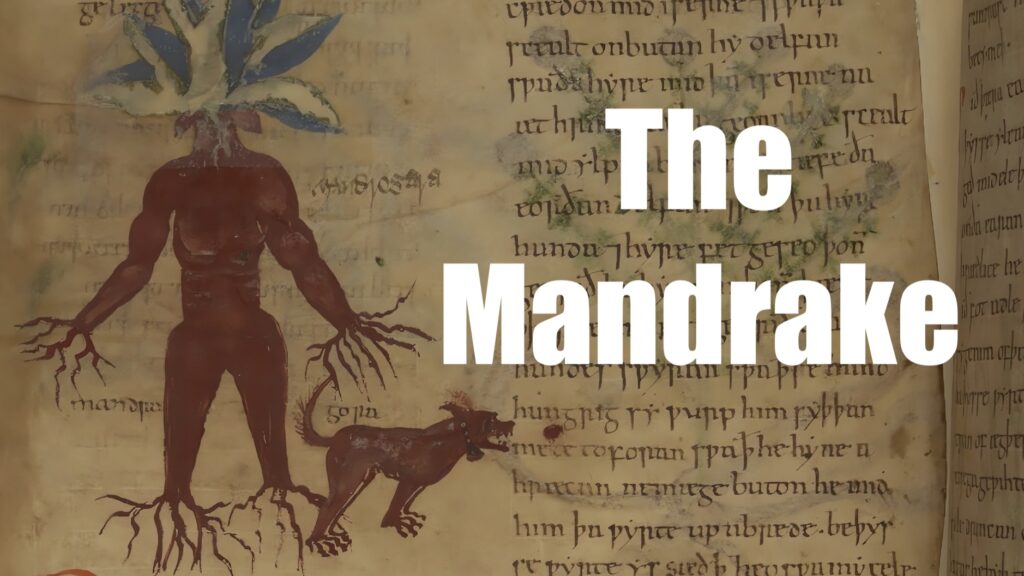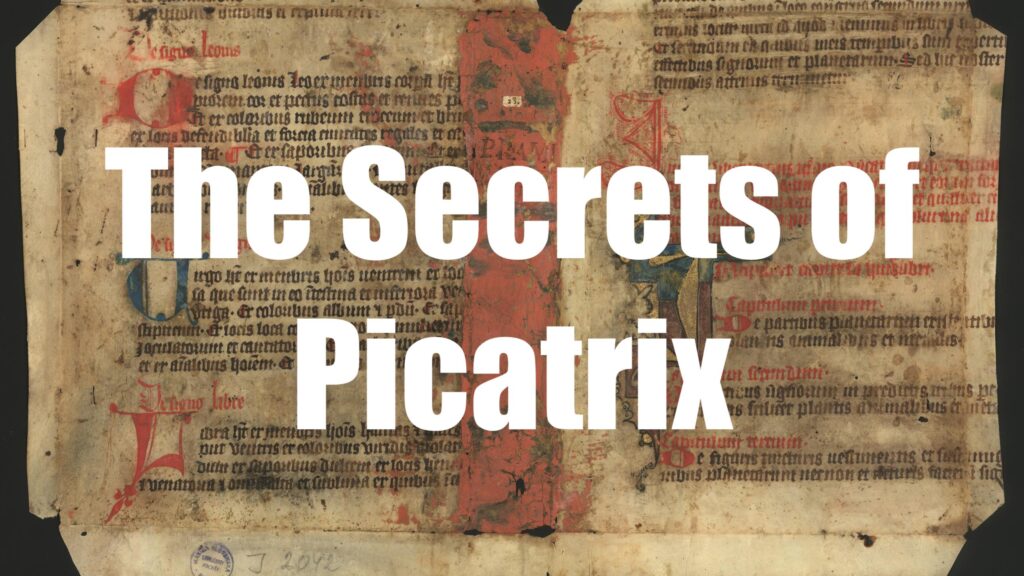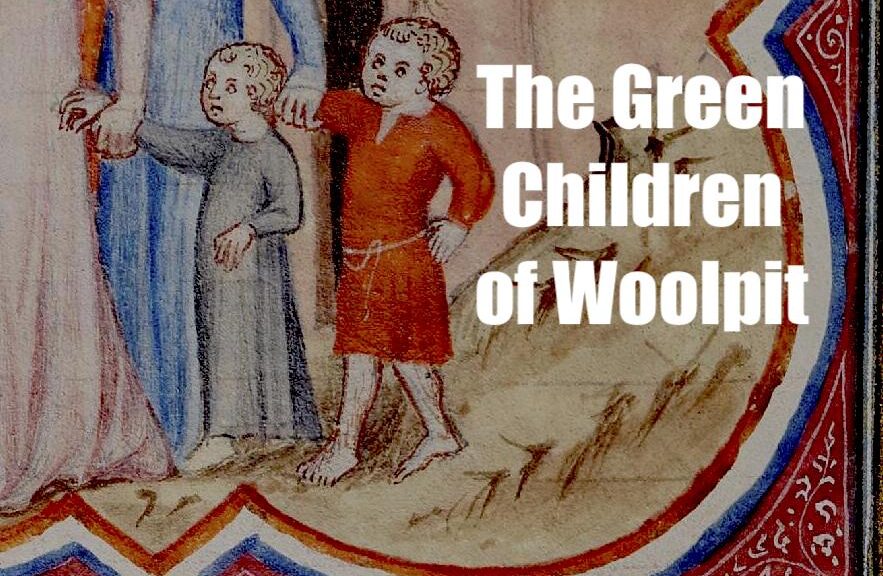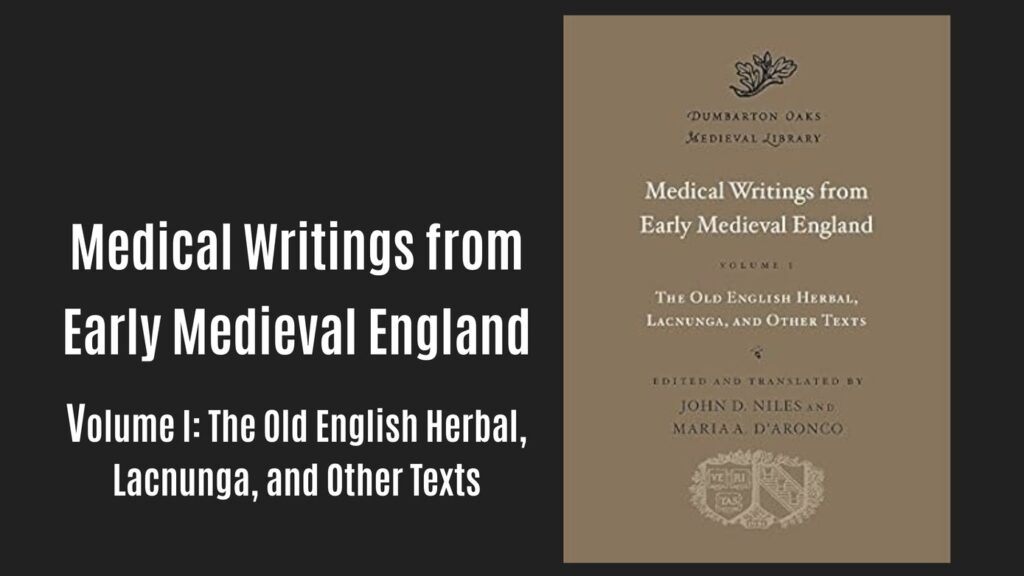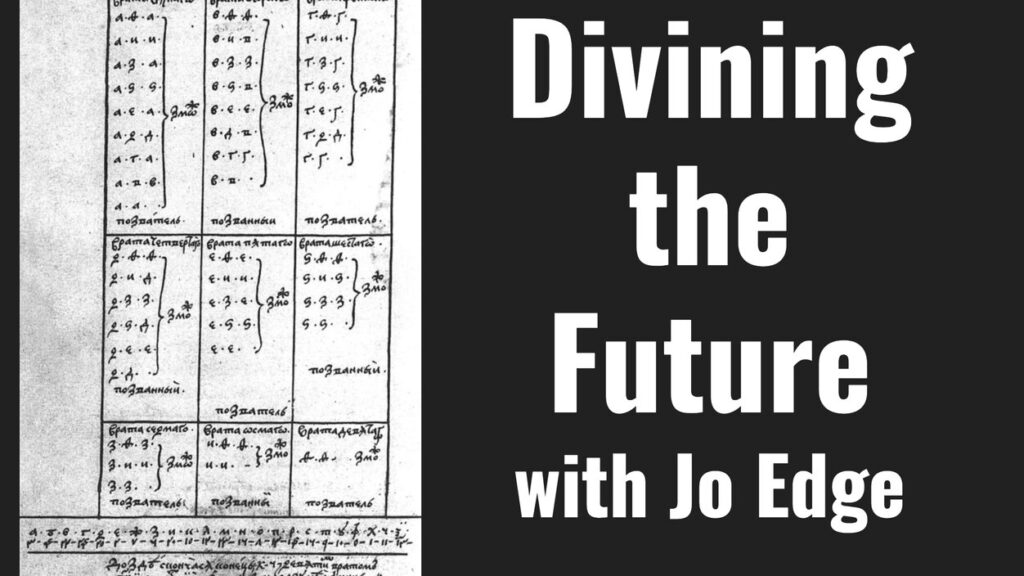How to Harvest a Mandrake: Medieval Medicine and Magic in the Old English Herbarium
Discover the medieval cure-all known as the mandrake—and why you needed a hungry dog to pull it from the ground, according to a 10th-century medical text.
How to Become an Evil Wizard in the Middle Ages: The Secrets of Picatrix
Discover the dark spells, strange rituals, and magical powers found in Picatrix, a medieval guidebook for aspiring wizards—featuring shapeshifting, poison recipes, and spirit summoning.
Who Were the Green Children of Woolpit? A New Look at a Medieval Mystery
Explore the mysterious story of the Green Children of Woolpit. This article offers a fresh look at the medieval legend, revealing how folklore, society, and historical realities intertwine.
New Medieval Books: Enchanted Creatures
A journey through humanity’s long fascination with the monstrous, ranging from dragons to walruses. This book explores how cultures across time have imagined, exaggerated, and feared creatures both real and mythical.
New Medieval Books: The Donkey King
Why does the humble donkey appear alongside prophets and demons? This book delves into the many roles donkeys play in Arabic literature—from comic relief to a symbol of the supernatural.
New Medieval Books: The Galdrabók
The Galdrabók: Forbidden Icelandic Folk Magic Translated by Kári Pálsson Hyldyr ISBN: 978-1-966041-03-0 Editions and translations of two pre-modern Icelandic manuscripts related to…
New Medieval Books: Saints and Sinners on Horseback, Volume II
Saints and Sinners on Horseback, Volume II Edited by Miriam A. Bibby Trivent Publishing ISBN: 978-615-6696-29-8 This book presents seven essays exploring the…
17 Forbidden Medieval Superstitions and Practices
Discover the strange and forbidden practices that medieval Church authorities fought to banish—but never fully eradicated.
What Your Birthstone Meant in the Middle Ages
Most of us today are probably familiar with the concept of birthstones—precious gems associated with each month, like a petrological Zodiac. It turns out birthstones are more or less an invention of modern jewelry manufacturers, whose meanings all boil down to “Buy this ring.” But this is boring. So I thought, why not make birthstones mean something today by looking at their superpowers according to the Middle Ages?
New Medieval Books: Medical Writings from Early Medieval England
What was the state of medical knowledge in England in the Early Middle Ages? This book provides texts and translations of several works that delve into ailments and their treatments, showcasing a fascinating blend of medicinal practices, magical remedies, and religious beliefs.
Medieval Ghost Stories: The Chilling Haunts of Byland Abbey
What would you do if a ghost blocked your path, or if a spirit appeared at your door, desperate for absolution? For the people of medieval England, these weren’t mere tales to spook children—they were real encounters that offered lessons about life, death, and the afterlife. Byland Abbey, a Cistercian monastery in Yorkshire, is the source of some of the most fascinating and chilling ghost stories from the Middle Ages.
Centaurs vs. Sirens: A Medieval Showdown
What do a half-man, half-horse archer and a seductive half-fish siren have in common? In medieval art, they engage in an eternal struggle, symbolising the battle between vice and virtue.
The Otherworld with Lisa Bitel – The Medieval Podcast, Episode 265
A place of supernatural encounters both incredibly good and spectacularly bad, the Otherworld featured in stories and songs throughout the Middle Ages, especially on the storied isle of Ireland. This week on The Medieval Podcast, Danièle speaks with Lisa Bitel about what the Otherworld was like, why Otherworldly beings were interested in humankind, and where we find these enchanting stories.
Liber Monstrorum: A Medieval Book of Monsters
If there’s anything we have in common with our medieval ancestors, it’s our love of monsters.
Whispers from Beyond: Medieval Ghosts and Their Messages About the Afterlife
In the Middle Ages, ghostly encounters were more than just frightening tales—they were seen as windows into the afterlife, offering messages from purgatory or warnings from demonic spirits. Discover how medieval people communicated with the dead and what these spirits revealed about their journey beyond the grave.
10 Fake (But Also Real) Medieval Proverbs
Ever wondered if medieval wisdom was just old wives’ tales or something more? Dive into the quirky world of the Distaff Gospels, where satire meets surprising truths in these so-called “fake” proverbs.
Buried Alive with an Undead Corpse: A Medieval Tale of Horror
Medieval people, much like us today, loved sharing spooky stories of the dead rising and haunting the living. One such tale involves a man named Asmund, who chose to be buried alive with his deceased friend. The most terrifying aspect of this story is how the friend returned as the undead.
Divining the Future with Jo Edge
Not knowing the future is an intensely uncomfortable experience, which is why humans invented a clever system to predict the future through numbers, called onomancy. This week on The Medieval Podcast, Danièle speaks with Jo Edge about how onomancy works, who used it, and how it fit in with medieval theology.
New Study Challenges Dinosaur Fossil Origins of the Griffin Myth
A widely-promoted claim that dinosaur fossils inspired the legend of the griffin, a mythological creature popular in medieval bestiaries, has been challenged in a new study.
New Medieval Books: Onomantic Divination in Late Medieval Britain
Onomancy is a type of divination to learn a person’s future based on their name. This book looks at how this magic became popular in the later Middle Ages.
The Mysterious Owl on the Cathedral Notre-Dame of Dijon
A look into a mysterious medieval carving at a French cathedral. Why was it put there?
Medieval Charms with Katherine Storm Hindley
Like many people today, medieval people used charms, personal talismans, and amulets to help smooth their way through life. But just who used them? How did they use them? And what did the church think about such things? This week on The Medieval Podcast, Danièle speaks with Katherine Storm Hindley about charms in the Middle Ages.
Medieval Monsters with Charity Urbanski
They’re the things that go bump in the night, the creatures that storm your mead hall and eat your friends, the beings that wander restlessly from their graves. This week on The Medieval Podcast, Danièle speaks with Charity Urbanski about monsters in the medieval world.
The 9 herb charm – an archaeological approach
By focusing and reassessing the plants that form the 9 charm herb and comparing to archaeological evidence can new conclusions be made about early medieval herbal remedies?
New Medieval Books: Medieval Monstrosity
An examination of monster theory and how it applies to the Middle Ages, this book covers the way people looked at the monsters of literature and imagination (dragons, werewolves, revenants and monstrous races) and how they made monsters out of the other (women, children with disabilities, non-Christians).
